 |
All Saints', Wrington
|
 |
 |
All Saints', Wrington
|
 |
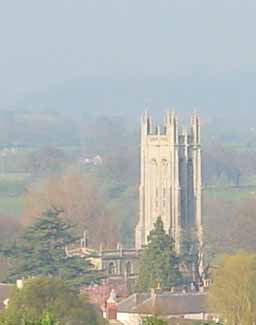 |
||||||||||||||||
| The church of All Saints, Wrington, may justly claim to be one of the finest in the West Country. As has been so aptly written: "It sits in its place as if it had grown there, a marvel of dignity and proportion". |
||||||||||||||||
| The manor of Wrington belonged to the Benedictine abbots of Glastonbury from about the year 926 A.D. until the Dissolution, and it was the mason architects of the Abbey who built the outstanding feature of the church, the magnificent West tower. | ||||||||||||||||
| Described by Dr. Freeman (Som. Arch.Proc.1851), as one of the "highest achievements of architectural genius", the tower, in the opinion of A. K. Wickham in "Churches of Somerset", dates from the period 1420 to 1450 and it depends for its beauty rather upon excellence of proportion than upon great elaboration of detail. | ||||||||||||||||
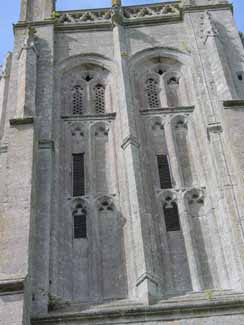 |
||||||||||||||||
| As at Evercreech and St. Cuthberts, Wells, there are double windows in the tower, the bell openings being continued as blanks below. At Wrington, the set back buttresses end in diagonal pinnacles, and the pilasters separating the windows, each bearing a gargoyle, continue up through the parapet. At the four corners are square turrets carrying the main corner pinnacles, which each bear four smaller angle pinnacles. . |
||||||||||||||||
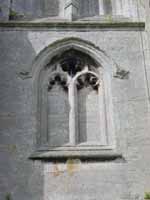 |
||||||||||||||||
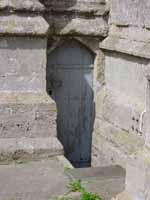 |
||||||||||||||||
| The belfry stair is neatly accommodated in the South East turret and the height of the tower is 1131/2 feet to the top of the pinnacles | ||||||||||||||||
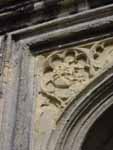 |
||||||||||||||||
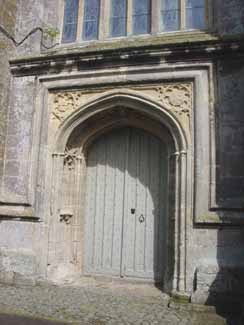 |
||||||||||||||||
| The large West door at the base of the tower contains tracery and heraldry in the spandrels. The remains of two sculptures -a 'Ring' and a 'Tun' (a punning rebus on the name of the village), once located on the sides of the West door, were removed during the restoration of the church in 1859. |
||||||||||||||||
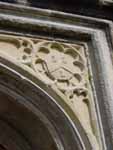 |
||||||||||||||||
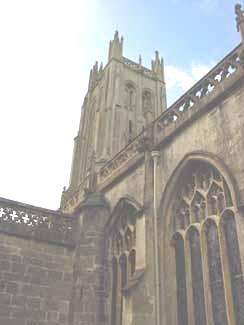 |
||||||||||||||||
| When the Houses of Parliament were rebuilt in 1835 after their destruction by fire, it is recorded that the architect, Sir Charles Barry, used the proportions of Wrington tower as a basis for his design for the "Victoria Tower". The Rev. H. M. Scarth, a former Rector and antiquary, wrote that "The 'Victoria Tower' has not the elegance and lightness of structure which characterises the tower of Wrington". (Som.Arch.Proc. 1887). |
||||||||||||||||